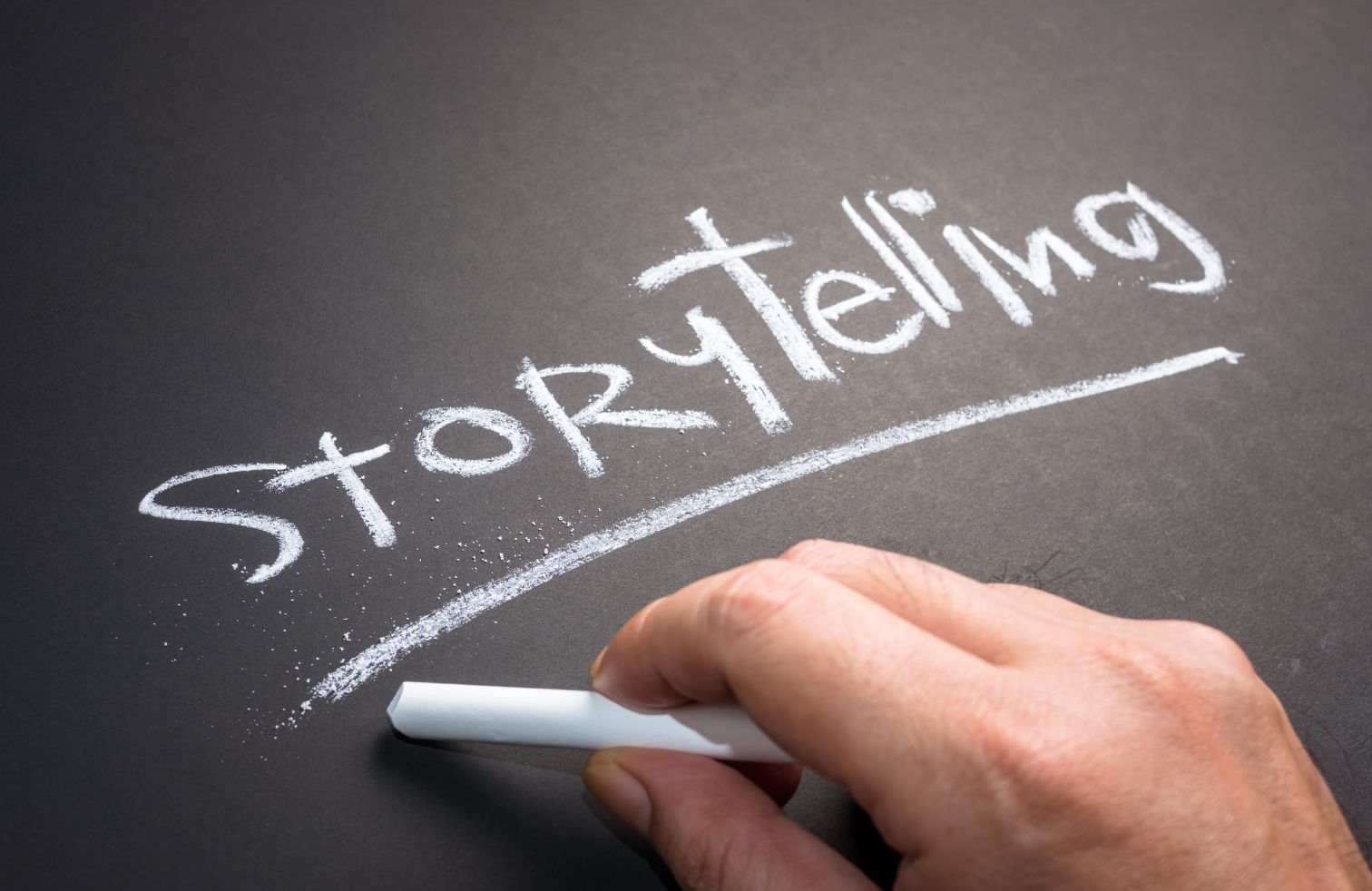Introduction: Why Logic Doesn’t Sell (But Stories Do)
You can list every benefit of your product. You can show charts, diagrams, and testimonials. But if your audience doesn’t feel something, they’ll scroll right past.
In 2025, consumers are more sceptical than ever. They’ve seen every trick in the book—pop-ups, countdowns, “only 3 left in stock”. The real game-changer? Storytelling.
This post unpacks the psychology behind storytelling in marketing, with real examples and simple steps to help you use it—without sounding like you’re selling.
Why Stories Work: The Brain Science Behind It
When we hear stories, our brains light up in ways facts and data alone never achieve. Here’s what happens:
- Oxytocin (the trust hormone) is released when a story creates empathy.
- Neural coupling allows the storyteller and listener to sync—creating connection.
- Dopamine spikes when there’s suspense, emotion, or resolution.
In short: Stories stick. Data drifts.
Real-Life Example: Lagos Interior Design Studio
A Lagos-based interior design studio came to us struggling to engage their Instagram audience. Beautiful photos, zero comments. We suggested a shift.
They started telling micro-stories:
- “This space was created for a widowed teacher who hadn’t smiled in months.”
- “Here’s how a broken ceiling inspired this warm-toned bedroom.”
Engagement tripled. Bookings increased. Their followers now felt emotion, not just admiration.
3 Types of Stories Every SME Can Tell
Let’s be practical. You don’t need to be a novelist to tell stories that sell. Here are three types we recommend to our clients:
1. Customer Journey Stories
Highlight how your product or service improved someone’s life or business.
Before → Problem → Turning Point → After
Include quotes, feelings, and outcomes.
Example:
“When Bola first came to us, her online store barely got 3 orders a week. Within 60 days of our SEO revamp, she was shipping to 5 countries.”
2. Founder or Brand Stories
People buy from people. Share your origin story—or why your mission matters.
Example:
“I started HydeasTech in a borrowed office with one goal: help African businesses get found online, not just exist.”
Make it human. Make it real. Don’t be afraid of vulnerability—it builds trust.
3. Relatable Day-to-Day Moments
Not every story needs a dramatic arc. Share behind-the-scenes snippets that humanise your brand.
Example:
- A team photo celebrating a small win
- A funny client comment (with permission).
- The time you stayed up until 2am fixing a bug for a client site launch.
How to Make Storytelling Work (Without Being Cringe)
Avoid sounding “salesy” by focusing on connection before conversion. Here’s how:
- Use emotional language but keep it grounded.
- Show real humans—not stock image perfection.
- Share lessons as much as success.
- Keep it short and relevant. Don’t ramble.
- And always, tie the story back to your customer’s world. What’s in it for them?
Want help turning your brand into a story customers remember?
Let’s work together to build your content strategy.
Book Your Free Content Strategy Call

